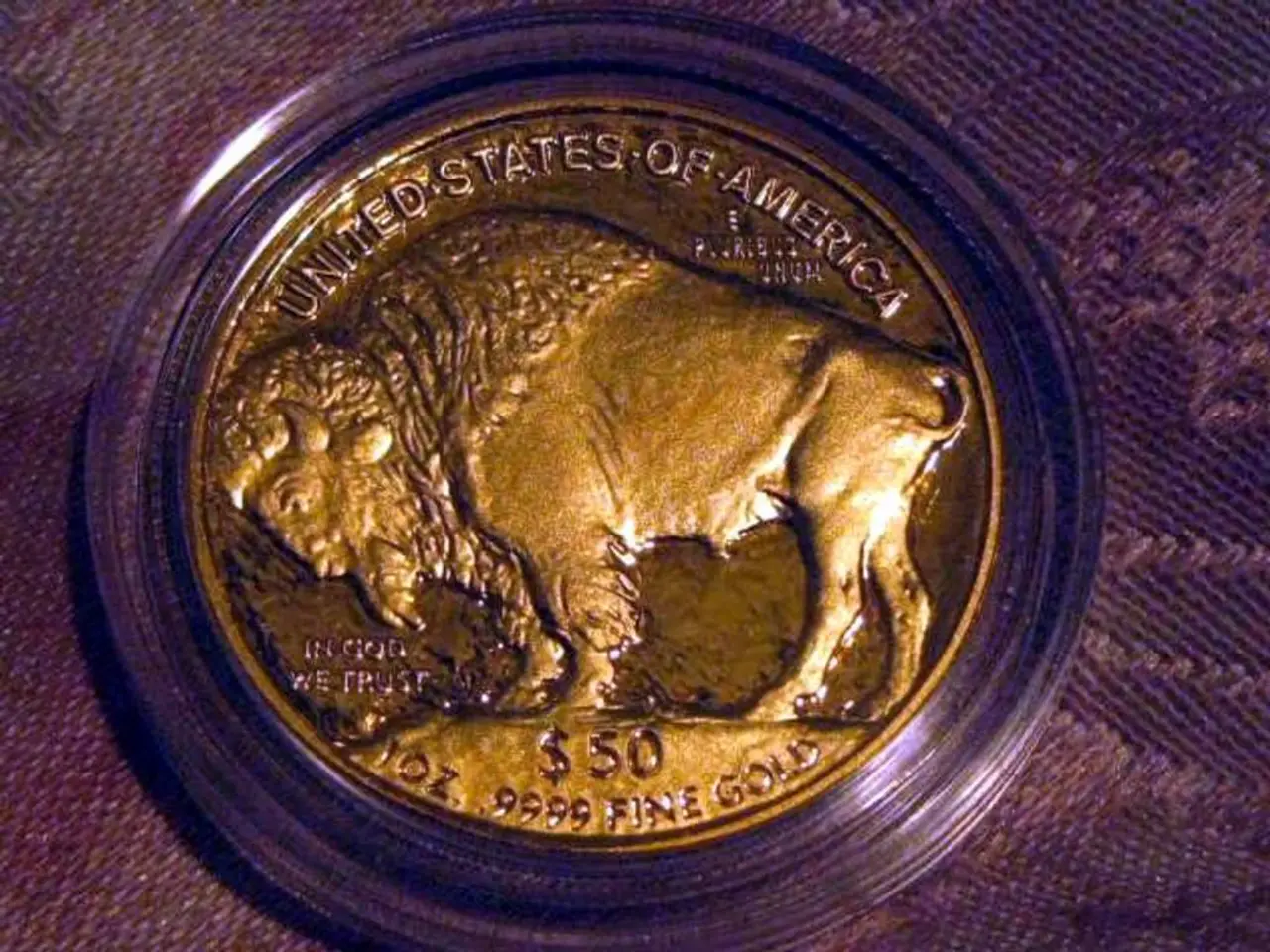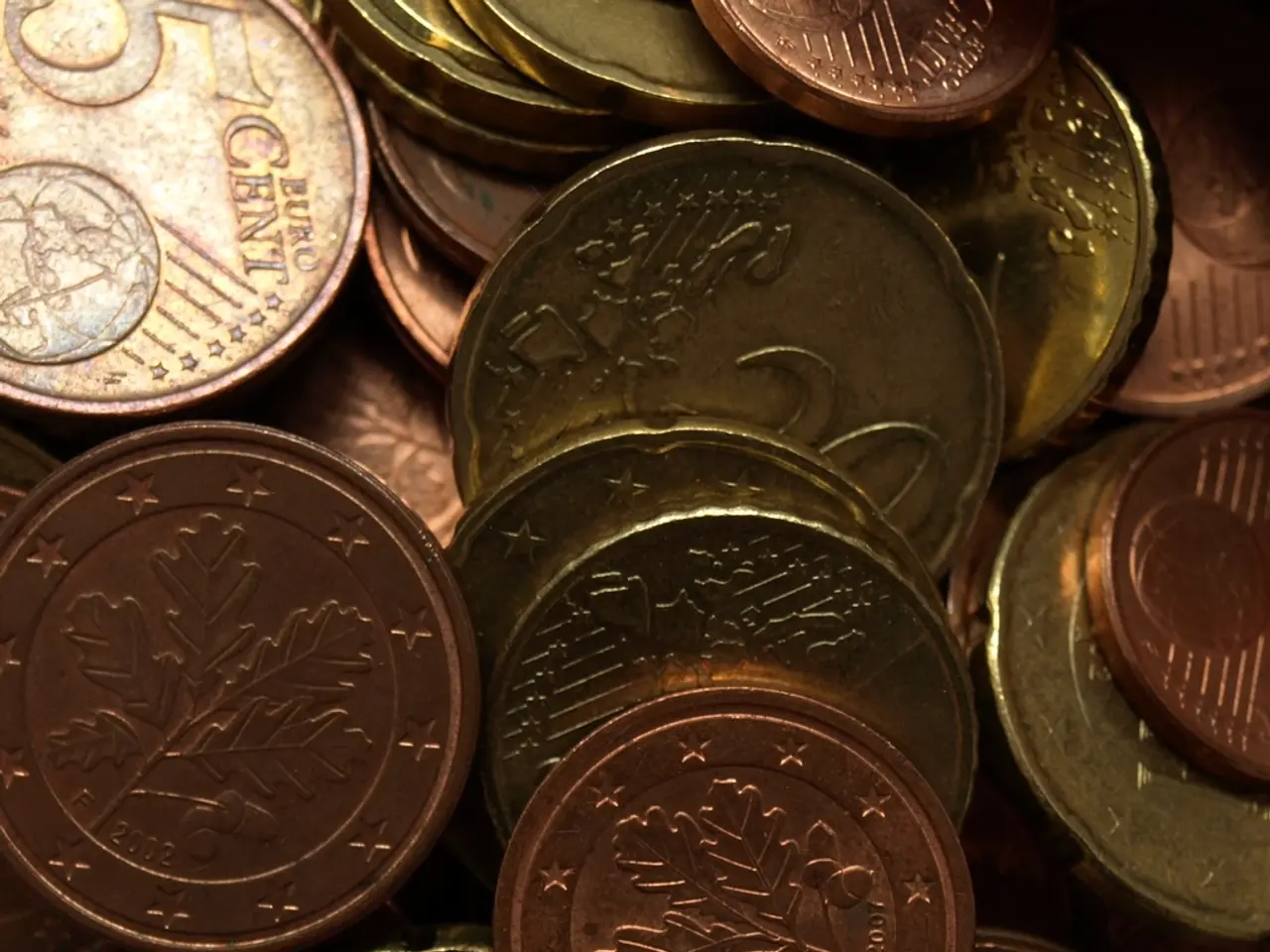Accelerated Release of Brazil's Digital Currency Scheduled for 2026
Brazil's Central Bank Digital Currency, Drex, Set for 2026 Launch
Brazil is set to join the ranks of countries with a central bank digital currency (CBDC) as the Central Bank of Brazil plans to launch Drex by 2026. Unlike some CBDCs, such as China's digital yuan and the Bahamas' Sand Dollar, Drex will operate under a centralized architecture, abandoning most blockchain elements initially envisioned.
The decision to opt for a centralized system is driven by the need for improved scalability, security, and faster implementation. This approach will allow Drex to support programmable money features, such as smart contracts, in a controlled manner, with the more advanced features introduced in later phases.
Drex will operate under a two-tier system, with the central bank issuing the digital currency, and commercial banks handling its distribution, supporting both retail and wholesale transactions. This design aims to enhance financial inclusion, simplifying access to digital currency, and improve cross-border payments by leveraging programmable and digital features.
Privacy measures have been put in place to address concerns associated with CBDCs. These measures combine Know Your Customer (KYC) protocols for regulatory compliance with pseudonymity to protect user privacy, striking a balance between preventing illicit activities and protecting user identity.
The gradual rollout of Drex demonstrates Brazil's dedication to testing the system carefully and ensuring its safety and fairness. This approach allows the bank to fix any problems before going full-scale, ensuring a smooth transition for users and businesses.
Small businesses in Brazil may benefit from easier access to credit through Drex, as it will support credit operations, allowing people and businesses to borrow and lend money directly using the digital currency. This feature could potentially revolutionize the way businesses operate, making credit more accessible and efficient.
Brazil's Central Bank is committed to modernizing its money system while protecting users and the economy. The launch of Drex represents a pragmatic shift in Brazil's digital currency strategy, prioritizing centralized control for security and scalability in the near term, with potential expansion into blockchain and smart contracts in the future to drive innovation and economic benefits across the financial ecosystem.
As Brazil moves forward with its digital currency plans, it will closely watch other countries that have launched their own digital currencies, learning from their experiences and adapting its strategy accordingly. The Central Bank is taking a simpler approach to launch Drex, dropping many blockchain parts and opting for a more controlled, centralized system. This approach aims to ensure that Drex is fully backed by the government, aiming to be safe and stable for users.
In conclusion, Drex, Brazil's digital version of money issued by the Central Bank, is set to revolutionize the way Brazilians interact with money, offering a secure, scalable, and innovative digital currency solution. While concerns about privacy remain, the Central Bank plans to protect user data with strong security measures, acknowledging the need to prevent fraud and illegal activities while protecting user identity.
[1] Central Bank of Brazil, "Central Bank Digital Currency (CBDC)", Accessed April 2023. [2] Financial Magazine, "Brazil's Central Bank Digital Currency: What You Need to Know", Accessed April 2023. [3] TechCrunch, "Brazil's Central Bank Digital Currency, Drex, to Launch in 2026", Accessed April 2023. [4] The Economist, "The Rise of Central Bank Digital Currencies", Accessed April 2023. [5] World Economic Forum, "Central Bank Digital Currencies: What You Need to Know", Accessed April 2023.
- The decision to launch Drex, the central bank digital currency (CBDC) in Brazil, demonstrates the country's enthusiasm for embracing cutting-edge technologies like cryptocurrency and blockchain, which are integral to the business of finance and commerce.
- While the initial version of Drex may not be a fully decentralized system like Bitcoin, it is designed to operate under a two-tier structure, allowing it to leverage blockchain technology through later phases, potentially integrating elements such as smart contracts.
- The Central Bank of Brazil's cautious approach to implementing Drex, focusing on centralized control and security, positions it as a player in the global race to develop decentralized finance (DeFi) solutions, aiming to strike a balance between innovation and stability in the realm of digital currency and technology.




